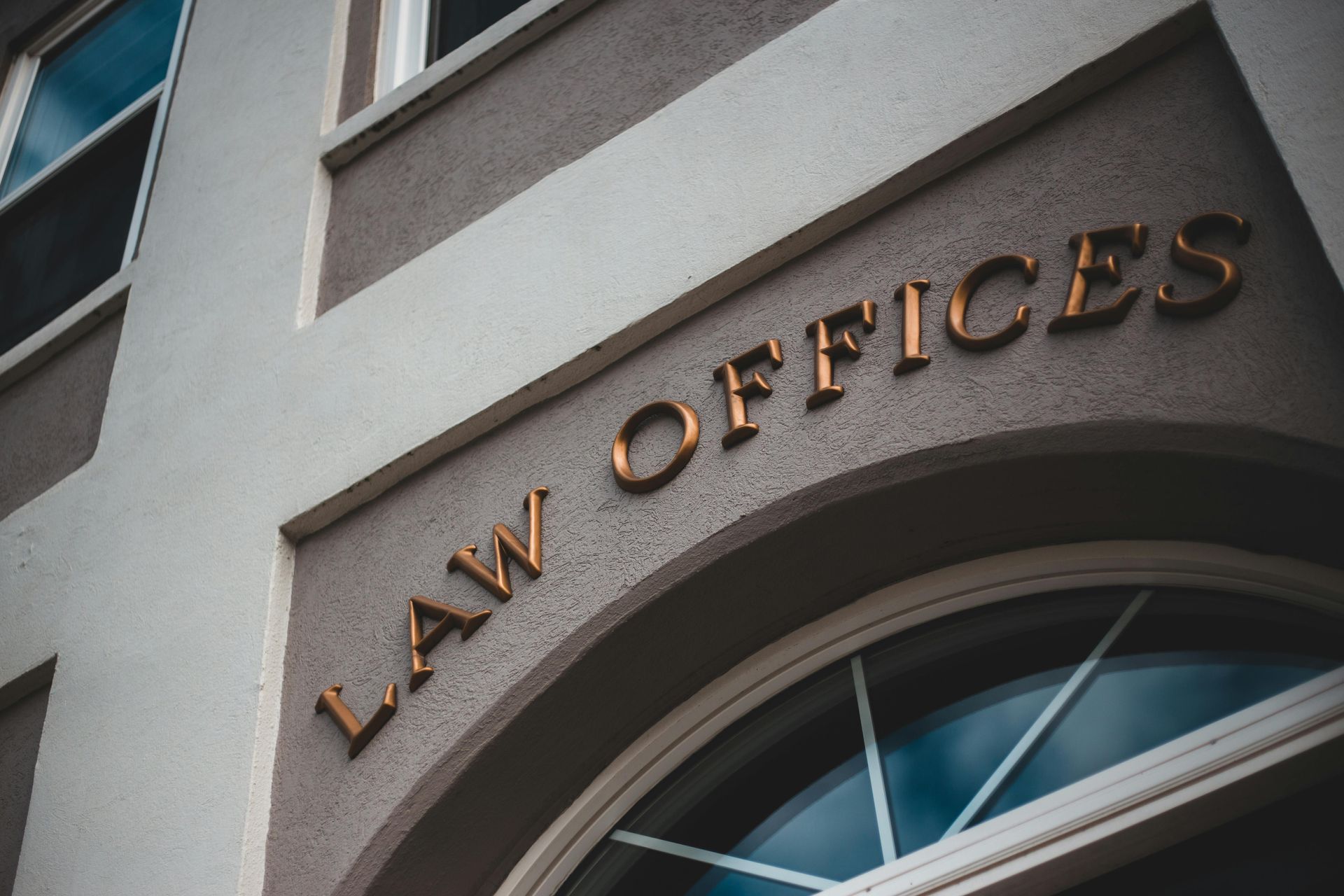Protecting Your Brand
Registering a trademark helps protect a name or brand from intellectual property theft or misuse as a business grows.
Our Dallas Attorneys Offer A Wide Range Of Trademark Services To Assist You In Your Business Needs
How We Can Help
Here at Wilson Legal Group, we understand how valuable your business asset is to you. You have invested a significant amount of time into creating your brand; it is our job to help you protect it. If you are needing a knowledgeable trademark attorney in Dallas, we are here to help. Our Dallas trademark lawyers are experienced in protecting and enforcing trademarks in not only Texas but all throughout the United States.
What Is A Trademark?
A trademark is a word, phrase, symbol, and/or a design that connects and differentiates the source of the goods or services from one party over another. Trademarks will also aid in promoting a brand. In the U.S., trademark rights are actually entrenched through the use of a mark in commerce.
Why You Should Get A Trademark?
Getting a trademark registered would be valuable for your business. The mark represents consumer goodwill while establishing trust in your brand. In addition, a trademark appreciates over time, creating a leverageable asset for your business. It is also essential to remember to register your trademark with the USPTO because of the value they hold.
In order to prevent third parties from using your mark, or a similar mark that may confuse consumers, federal trademark registration is the route to go. Using the USPTO to register your trademark comes with great benefits, such as providing constructive notice to the public of your ownership of the mark while creating a legal presumption that the mark is valid. A federally registered mark is also necessary to bring forth an infringement suit if someone is found infringing on your trademark. Not to mention, if there is ever a need to cancel a trademark, the process will be less challenging versus you not using the USPTO.
What Comes Next?
After you obtain a federally registered trademark, you can then secure registration of the mark in foreign countries, as well as filing with the U.S. Customs Services to prevent any importation of infringing goods. Once your trademark has been filed with the USPTO, you are then permitted to use the registered symbol, a circled “R”, in conjunction with your mark.
There are several mandatory maintenance filings that you must file with the UPSTO to preserve your trademark rights, even after you have registered your trademark. If one of these maintenance filings are missed, you run the chance of losing your trademark, which is why it’s essential to hire a Dallas trademark lawyer to prevent this from happening.
Need any help?
Additional Brand Protection Focus
Our Services
Our Dallas attorneys provide the following trademark services:
- Prospective trademark evaluation for clearance
- Application and registration of your trademark with the USPTO (United States Patent and Trademark Office)
- Registering your trademark in other states if needed
- Trademark maintenance filings
- Required monitoring for your trademark
- Defense of trademark office actions
- Trademark Trial and Appeal Board opposition and cancellation proceedings
- Trademark litigation
Our Dallas trademark lawyers are experienced in protecting and implementing your trademark. Our team has extensive experience in all things trademark including prosecution and defense of a trademark infringement claim, litigation, and trademark cancellation. To succeed in a trademark infringement case, the plaintiff must prove first that the trademark in question is valid and protected, second that you are the owner of said trademark, and last but not least, that the defendant used the trademark or a mark similar to the plaintiff’s trademark, with no consent from the plaintiff themselves, in a way that is likely to be confused among ordinary consumers. Our firm has had success in representing both trademark owners and defendants in trademark infringement litigation. If you feel that your trademark has been infringed upon, our attorneys can assist you in an infringement suit. The attorneys here at Wilson Legal Group can provide effective representation to meet your needs.
CLIENT MATTERS
5,000+
YEARS OF SERVICE
25+
Award Winning
Recognized in the legal industry as dedicated board-certified lawyers and Rising Stars.
Expert Team
Your project will be handled by legal experts every time. You will have the most experienced attorneys working for you.
Quality Representation











